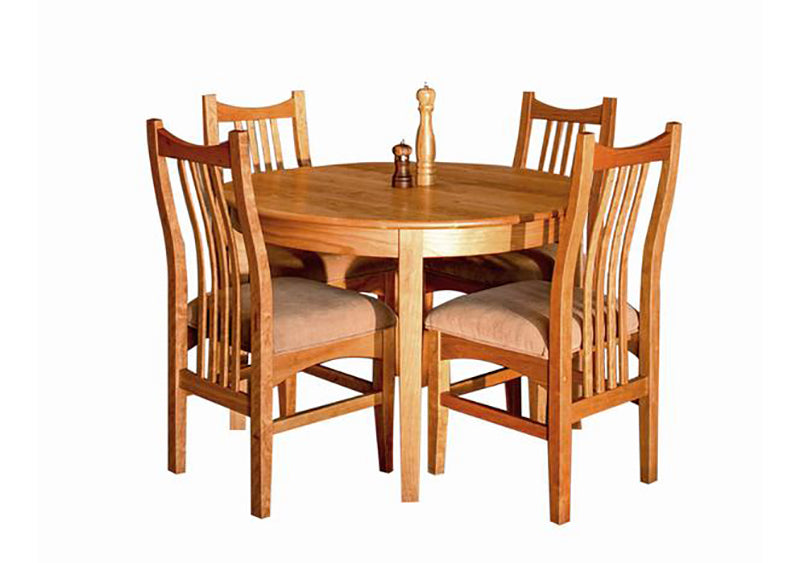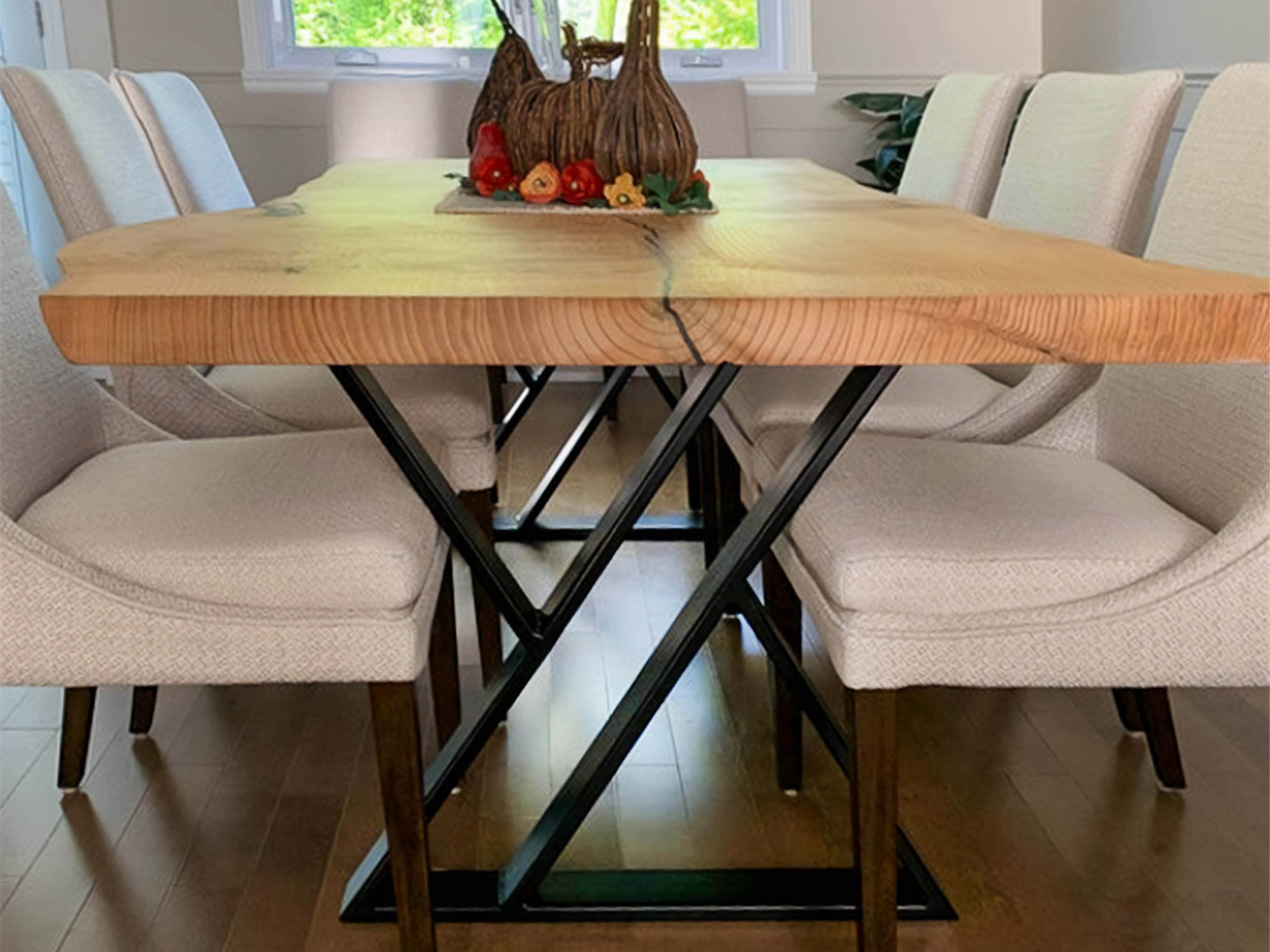How to Choose the Perfect Dining-room Table Legs for Your Home Decor
Selecting the ideal dining space table legs is a nuanced procedure that needs mindful factor to consider of different aspects, including your room restraints, aesthetic choices, and functional needs. The interplay in between designs, products, and measurements can dramatically influence the setting of your dining area, making it essential to approach this choice systematically.
Assess Your Eating Space
Examining your eating area is crucial for picking the right table legs that match both aesthetics and functionality. Begin by gauging the dimensions of your dining area, including ceiling height, floor room, and distance to other furnishings. This details will aid figure out the ideal size and height of your eating table, which straight affects the selection of table legs.
Following, consider the design and layout of your eating space. An open-concept layout might profit from table legs that provide visual agility, such as slender metal or acrylic choices. Conversely, an extra standard setup may call for sturdy wood legs that offer a sense of permanence.
Examine the existing color combination and materials in your dining location. Harmonizing the table legs with these elements creates a natural appearance that enhances the general decor.
Eventually, a comprehensive analysis of your eating area will lead you in making an educated decision, making sure that your table legs not just boost the aesthetic appeal however likewise serve practical functions.
Consider Your Design Preferences
When selecting eating space table legs, it is necessary to reflect on your personal style preferences, as they substantially influence the total visual of your eating area. Your selection of table legs can either enhance or comparison with existing decoration, making it crucial to straighten them with your favored interior decoration style.
If your home leans in the direction of a modern aesthetic, think about streamlined metal or minimalist wood legs that give a clean, uncluttered appearance. For a much more traditional method, elaborate wood legs with elaborate makings can include a touch of sophistication and sophistication. Industrial styles gain from durable, raw materials such as reclaimed wood and metal combinations, reflecting a tough appeal.
Furthermore, farmhouse and rustic styles often favor sturdy, beefy legs that evoke a sense of heat and convenience. Conversely, if your décor is diverse, you might choose unique forms or a mix of materials to create aesthetic rate of interest.

Evaluate Material Options
The option of material for dining space table legs plays a crucial duty in both longevity and visual allure. Typical products consist of timber, steel, and composite alternatives, each offering distinct qualities that can affect the overall look and longevity of your table.
Timber is a traditional selection, recognized for its heat and convenience. Woods like oak and walnut give extraordinary stamina and can be completed in numerous stains to match any decor. Nevertheless, softwoods like yearn are more prone to scrapes and damages, making them less excellent link for high-traffic locations.
Metal legs, typically crafted from steel or light weight aluminum, exude modernity and commercial beauty. They are very long lasting and resistant to put on, making them appropriate for households with youngsters or regular gatherings (dining room table legs). In addition, steel can be finished in various colors, improving the modification possibilities
Composite products, such as MDF or laminate, deal price and varied layouts. While generally much less long lasting than solid timber or metal, they can still provide an elegant appearance and are frequently simple to maintain.
Inevitably, the product you pick should align with your way of life, visual preferences, and the degree of usage your table will experience.
Determine Elevation and Dimension
Choosing the proper elevation and dimension for your dining-room table is necessary for both capability and comfort. The common height for eating tables generally varies from 28 to 30 inches, permitting ample legroom for many individuals when seated. It is crucial to consider the measurements of your eating room and the kinds of chairs you plan to make use of.

Moreover, take into consideration check this site out the percentages of your dining room. A bigger table in a spacious area can develop a grand atmosphere, while a smaller sized table works well in even more intimate settings. Ultimately, the appropriate elevation and size will certainly integrate with your overall decoration and enhance the eating experience for you and your guests.
Explore Personalization Opportunities

In addition, the design of the legs can be customized to fit numerous designs, such as rustic, modern-day, or industrial. For circumstances, tapered legs can evoke a mid-century contemporary feel, while chunky, block-style legs might resonate with standard or farmhouse decoration.
Home owners can also discover shade surfaces, from natural wood spots to repaint, enabling them to match or contrast with the More hints table top and bordering style.
Furthermore, leg elevation can be adjusted to suit certain seating plans or individual preferences, improving both comfort and performance.
Lastly, unique embellishments, such as makings or attractive braces, can further customize the table legs, making the eating experience not simply a dish however a declaration item in the home. By taking into consideration these modification choices, home owners can develop a dining-room table that truly mirrors their uniqueness.
Conclusion
Choosing the optimal dining area table legs requires cautious consideration of numerous factors, including the measurements of the eating room, design choices, material resilience, and wanted elevation. Customization alternatives additionally boost the ability to accomplish a cohesive aesthetic that complements the overall design. By methodically examining these elements, property owners can ensure that the selected table legs not just accomplish useful demands yet likewise contribute positively to the dining experience and ambiance of the home.
Choosing the suitable eating space table legs is a nuanced process that needs mindful consideration of various aspects, including your area restrictions, visual choices, and sensible requirements.Analyzing your dining room is vital for choosing the right table legs that enhance both appearances and performance.When identifying size, gauge the area where the table will certainly be placed to guarantee it fits comfortably, enabling for at least 36 inches of clearance around the table for simple activity. A larger table in a roomy location can develop a grand atmosphere, while a smaller table functions well in even more intimate settings.Choosing the excellent eating area table legs calls for mindful factor to consider of different aspects, consisting of the measurements of the eating room, design preferences, product durability, and preferred elevation.